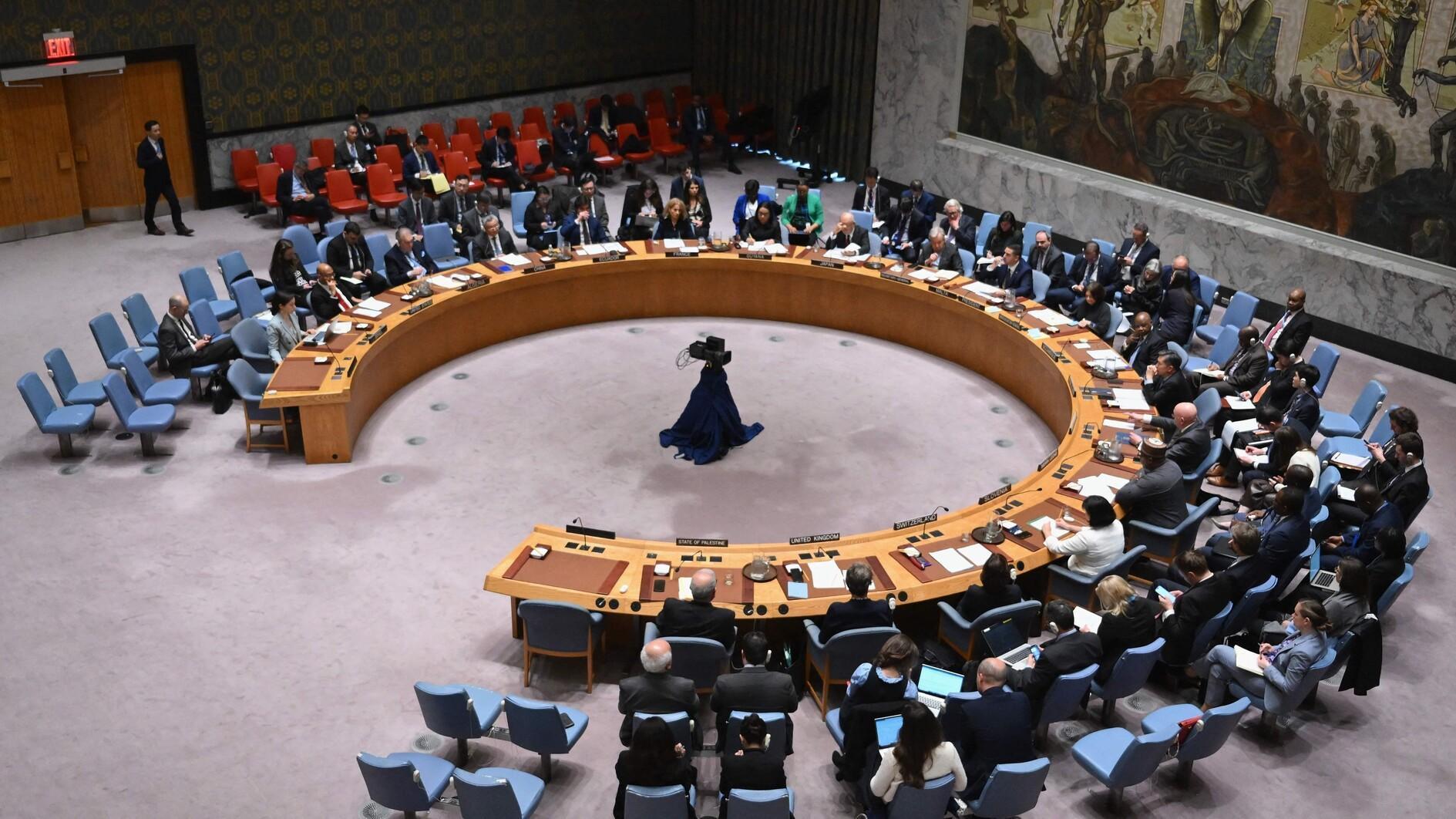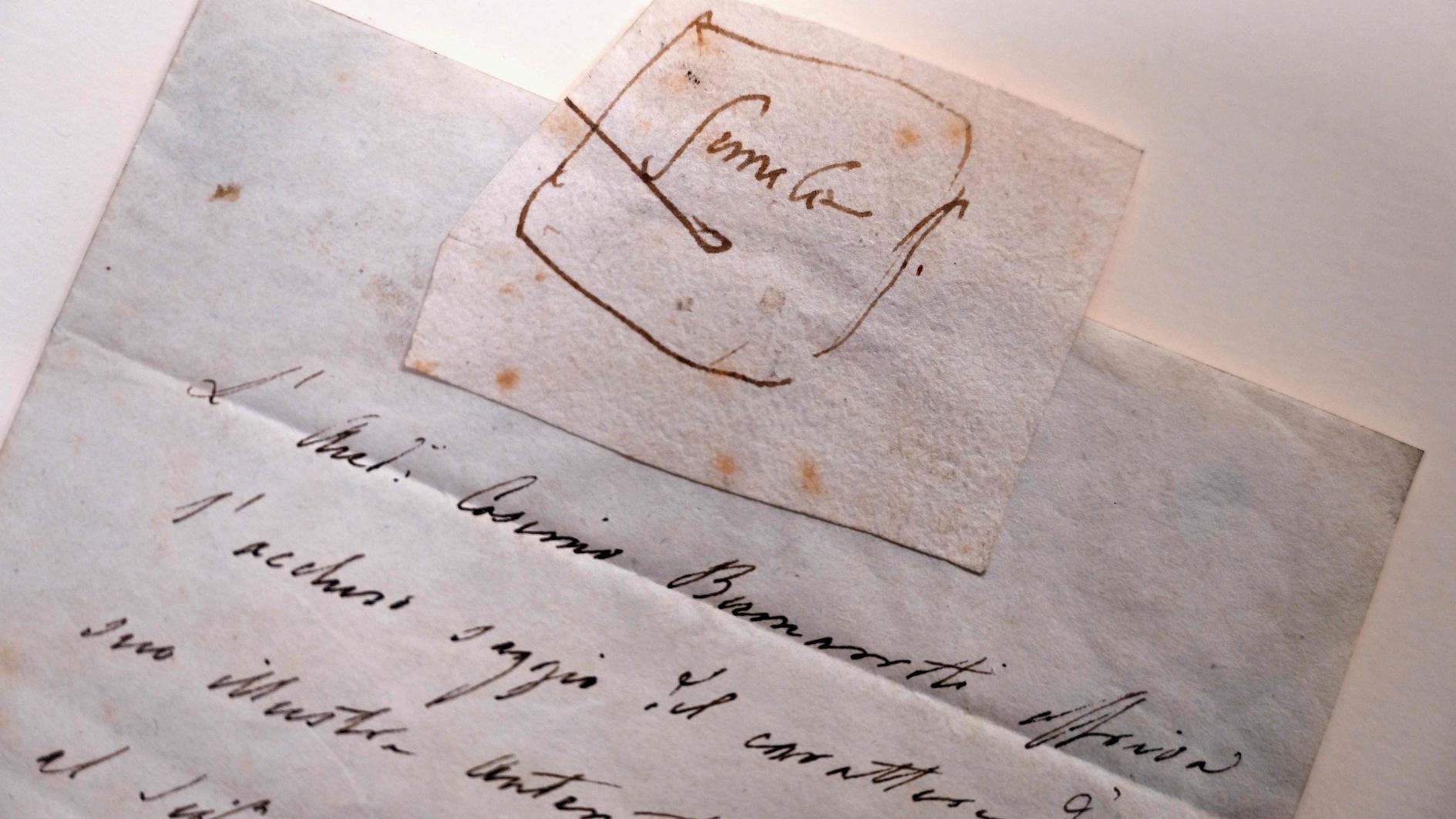How to recast the ‘old’ historic heritage in a ‘neo’ liberal city
Sılay Sıldır - ISTANBUL
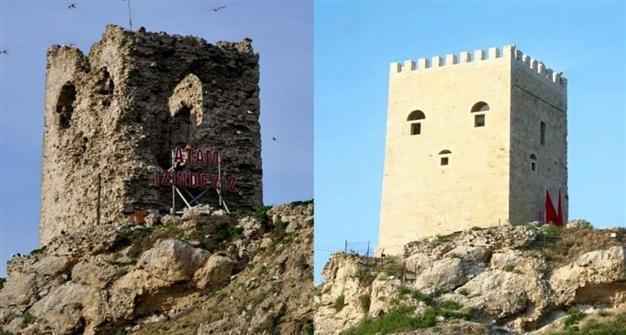
The 2,000 year-old Şile Castle is seen before and after restoration.
We were driven by the brightest idea: Providing economic growth without production. In the large scale the state and local municipalities looked for formulas to extract rent from urban spaces, and the city became a gigantic construction site.The transitive relation of economic policy and cultural policy didn’t exclude the city’s cultural heritage in this search for capital. In publicly-owned museums and historical sites, the entrances are privatized. The increase in ticket prices went up by 100 percent in several places.
Soon after, accelerated restoration activities were on the line, followed by on-site ticket sales in the antique theaters and the cafes opened in newly-restored Külliye.

After all, attracting capital to the local area was the development target of this economic model. Historic buildings have been exposed to a construction process in an attempt to respond to consumer needs.
Citizens were dazed by the results of the construction activities carried out under the name of restoration.
Headlines indicated an initial shock: Concrete was laid over the ground of the Antiphellos Antique Theater in Kaş. The Apollon Temple’s stairs were renewed with white cement and marble dust. Restoration exterminated the historical texture in the 171-year-old Mesnevihane Mosque.
The wall of the 435-year-old Sinan Paşa Külliye was knocked down to enable a truck entrance.
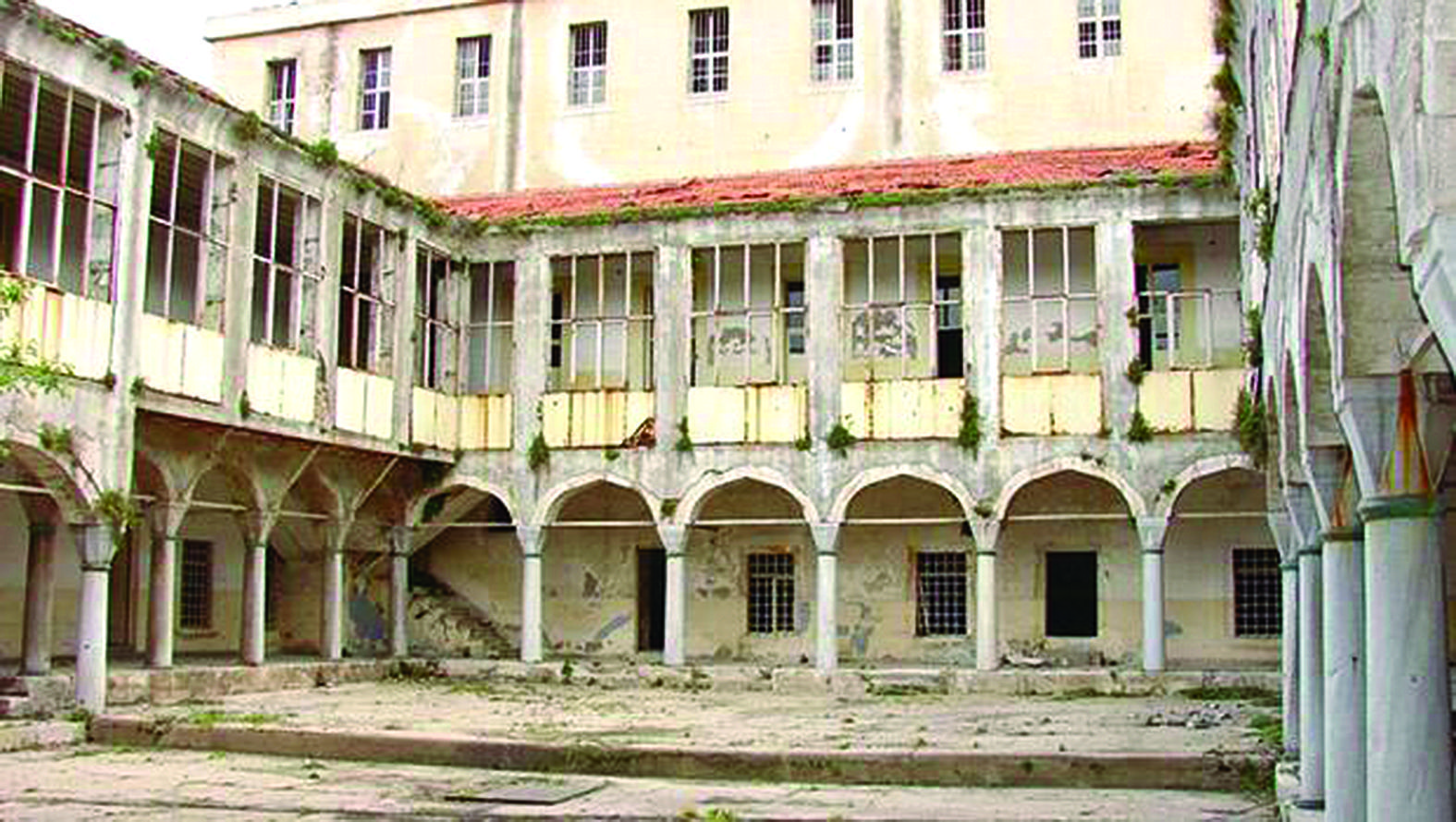
‘Regardless of experience’
The surveillance mechanisms are the Cultural Heritage Preservation Board and the Natural Heritage Preservation Board. The former is affiliated with the Culture and Tourism Ministry and the later with the Environment and Urban Planning Ministry. Political independence and the scientific sufficiency of the committee we expect to be on duty in the supervision of the restoration casts doubt.
Eyüp Muhçu, the chairman of the Chamber of Architects, said, “The pro-government firms are winning the tenders, regardless of their experience in restoration.
“The boards do not have the required qualifications. Science committees are supposed to be launched depending on the characteristics of the structure to be restored. Unqualified people are chosen for these committees, and in most cases no committee is launched at all!”
Restoration failures might be an outcome of the neoliberal economic policy disabling the control mechanism by organizing power relations between the governing and corporate elite. Rearranging the structure for utilitarian purposes differs from traditional restoration logic. The double-glazed window sash, the air conditioner, the stairs and the roof installed in the Tekfur Palace – a 1000-year-old Byzantine structure - were the products of this approach.
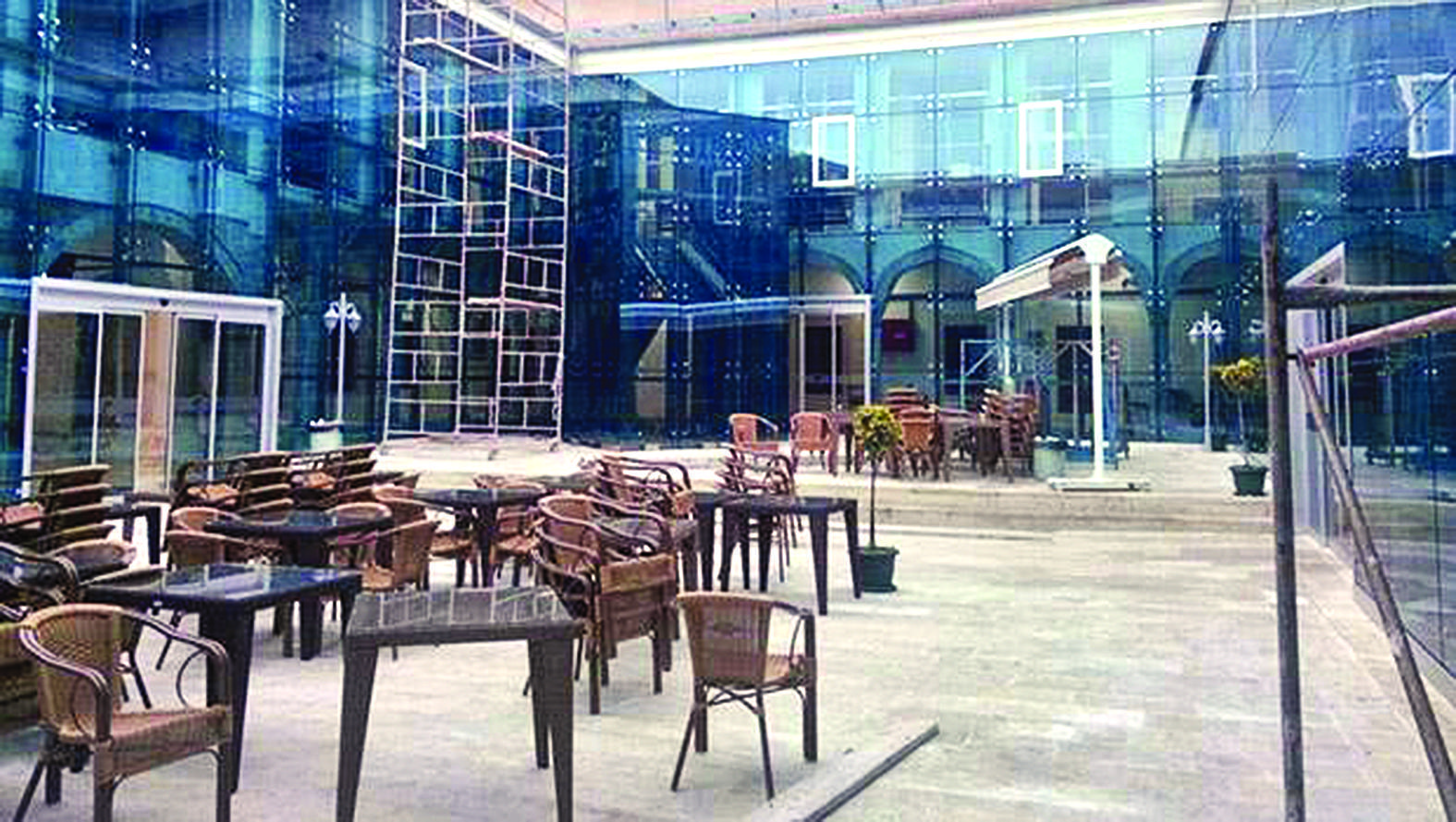
The stoa of the Atik Valide Külliye - architect Mimar Sinan’s last piece - was also coated in glass and automatic doors were included in the new design. The glass was colored to comply with the mass consumption taste; the space is now serving as a café too. This tendency to attribute function to a monument is the missing part of the debates, especially in the case of Aspendos. The colors of the stairs and the substance utilized within the stairs have been thoroughly discussed in the media.
Eyüp Muhçu called this profit-seeking approach to our attention. He said, “If you want to make money by means of the theater, you arrange Aspendos accordingly. If you regard Aspendos as a structure you wish people to see and experience then the restoration is planned this way. They think restoration is provided when intact stones are added. If there had been a science committee in the implementation process it wouldn’t end up this way. The whole process is under the authority of one single person [the head of the preservation board] and he acted in the direction of the order he was given. But now, we are all discussing the aftermath.”
He emphasized the requirement for an inspection committee in every single step of the restoration, from the decision on the type of implementation, to the actual field practice. Its absence accounts for why we ended up with a brand new castle -associated with a fictional sea creature - instead of consolidating the 2,000-year-old Şile Castle.
“Curtain walling was employed here and covering material was used, though this has got nothing to do with restoration. They have attempted to recomplete the castle. Are we going to make military defense from the castle? It does not have a military function; it is a monumental entity,” Muhçu explained.
Dr. Soner Ateşoğulları, the chairman of the Archeologists Association, said because archaeologists are strictly devoted to the restoration principles they are not preferred by preservation committees. He explained archaeologists are not given the inspector license in the restoration process but only employed as advisers.
Currently, the association is attempting to change the related regulation.
Muhçu’s solution suggestion is similar: “We have the Venice charter and the guidance of UNESCO’s principals. The restoration faculties are raising perfectly qualified people, the only missing thing is the public administration to make use of them.”





